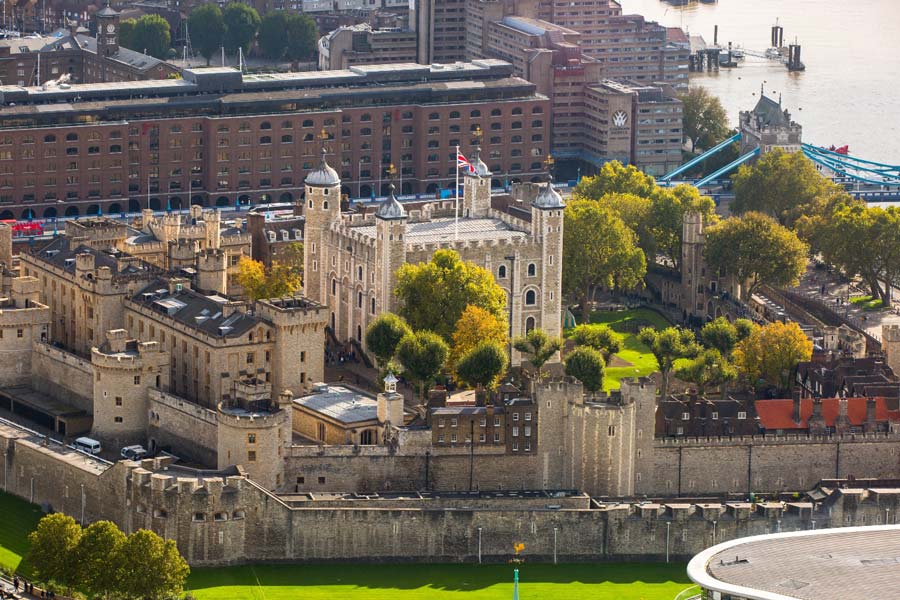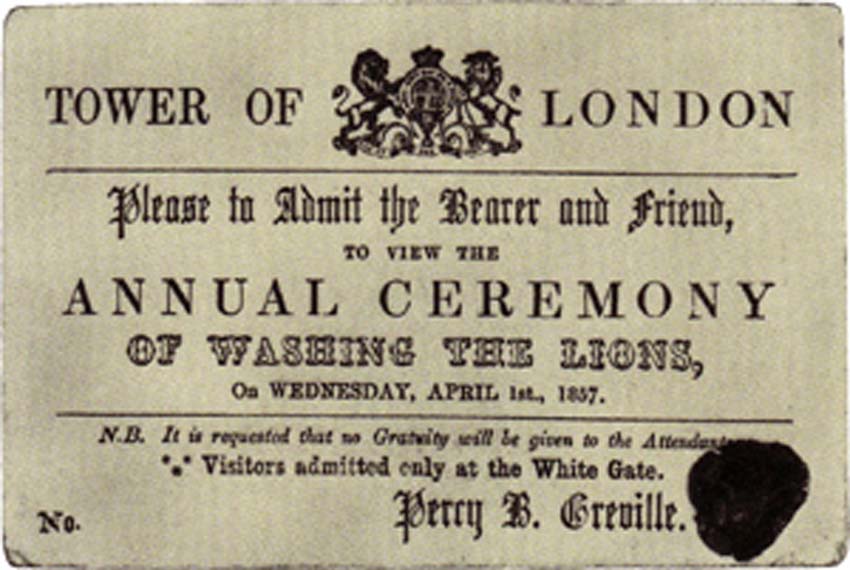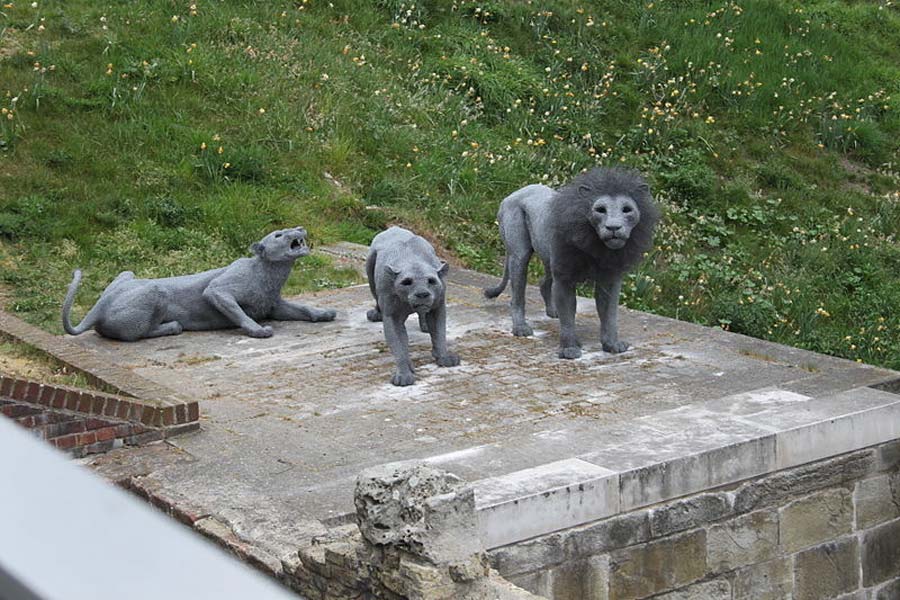The “Annual Washing of the Lions” is probably one of the oldest and earliest known accounts of an April Fool’s Day prank. What was the joke, and why did it become one of the most talked-about events in British history?
There is no doubt that April Fool is one of the most eventful days for playing out elaborate tricks. For example, the BBC broadcast a program in 1957 on April Fool’s Day which showed spaghetti growing on trees. Well, it is indeed hilarious to have people thinking that they could get spaghetti directly from plants. However, that could not be as hilarious as getting hundreds of people to gather at the Tower of London in 1698 for a glimpse of lions getting a good bath.
The First April Fool’s Day Joke
Many sources confirm that the first-ever account of an April Fool’s Day joke was the Annual Washing of the Lions in 1698. The exact event involved the gullible public turning up to see an “annual” event of washing the lions at the Tower of London. Although the Tower of London did contain lions and other wild animals at that time, there was obviously no such event, as the unsuspecting victims soon found out.
According to the Museum of Hoaxes, later versions of the prank were popular during the 18th and 19th centuries. These other versions generally invited victims to witness the lions being washed in the moat. Subsequently, the Annual Washing of the Lions joke started catching up, and new variants of the joke emerged. For example, the later versions tricked victims into asking for entrance to the ‘White Gate’ at the Tower of London, when there was never such a gate in the first place.

No matter the format or detail of the joke, there was never any washing of the lions. Such pranks usually ended up with many hopeful victims coming to the Tower only in vain. The April 2, 1698 edition of the Dawk’s News-Letter clearly states, “Yesterday being April 1; several persons were sent to the Tower Ditch to see the Lions washed.” But did it end there? No, it did not.
The Joke Grows
The Annual Washing of the Lions joke gradually turned into an April Fool’s Day phenomenon. It became more of a “sleeveless errand” prank and generally involved sending the victims on futile quests in search of things, events and people, which don’t exist. Such pranks, which survive even to this day, likely emerged from these early customs of wardens at the Tower of London.
According to a correspondent’s statement in the Notes and Queries journal in 1887, customs practiced by wardens were indeed the initial inspiration for such pranks. The wardens used such customs and perks to skim tips from unsuspecting country people for absolutely nothing, and this led to the Annual Washing of the Lions prank.
The most elaborate iteration of the prank was documented in the mid-nineteenth century. The prank had an invitation being sent out in 1856 by a “senior warden” Herbert de Grassen on behalf of the Tower of London. The blob of crimson wax on the invitation also served to add plausibility to the prank. Furthermore, the note featured a strict warning apparently warning off tips, stating “It is requested that no gratuities will be given to the wardens on any account.” With so many things to make it believable, many were fooled and ended up visiting the Tower of London.

Since this popular incident, the prank grew every year. People continued to wonder about the sight of watching lions being scrubbed in the moat of the Tower of London. However, the pranks of 1698 and 1856 remain the most memorable incidents of the Annual Washing of the Lions joke.
The Menagerie at the Tower of London
Many people think that the Annual Washing of the Lions joke was mainly because there weren’t any lions in the Tower of London in the first place. In a place like London, the sight of exotic animals definitely served as a reward for entertainment in the 18th and 19th centuries. However, as a matter of fact lions were held in the Tower of London as prized possessions for centuries.
The association of the Tower of London with animals started in the 13th century when King Henry III received a gift of three leopards from Emperor Frederic II. Over the following years, lions and elephants became new additions. At one point in time, the menagerie at the Tower of London also featured a polar bear, which was apparently trained and licensed to hunt for fish in the Thames.
The Tower of London also included many other animals, such as a massive lion named Edward VI, a lynx, an eagle, and a wolf. It became one of the popular tourist destinations in London by the 18th century. Gradually, the menagerie at the Tower of London started to decline at the onset of the 19th century. By 1834, the last animals remaining in the Tower of London were moved to the Garden of the Zoological Society.
The Legacy of the Joke
The Annual Washing of the Lions prank has definitely become one of the popular aspects of history that continue to live on. Even today, zoos receive calls on April Fool’s Day every year after victims were tricked by pranksters.

Simpler tricks involve the victim asking zoo officials to talk with a zoo animal. For example, a note on the desk of a co-worker asking them to call Miss “Ellie Font” urgently is a reiteration of the washing of lions prank. So, an unsuspecting victim ends up calling the zoo to speak to Miss “Ellie Font,” and the zoo operator can only say that the elephant is in its enclosure.
With so many evolutions over the years, the Annual Washing of the Lion still remains one of the biggest hoaxes or pranks to have been pulled off in England.
Top Image: A Lion. Source: AB Photography / Adobe Stock
By Bipin Dimri